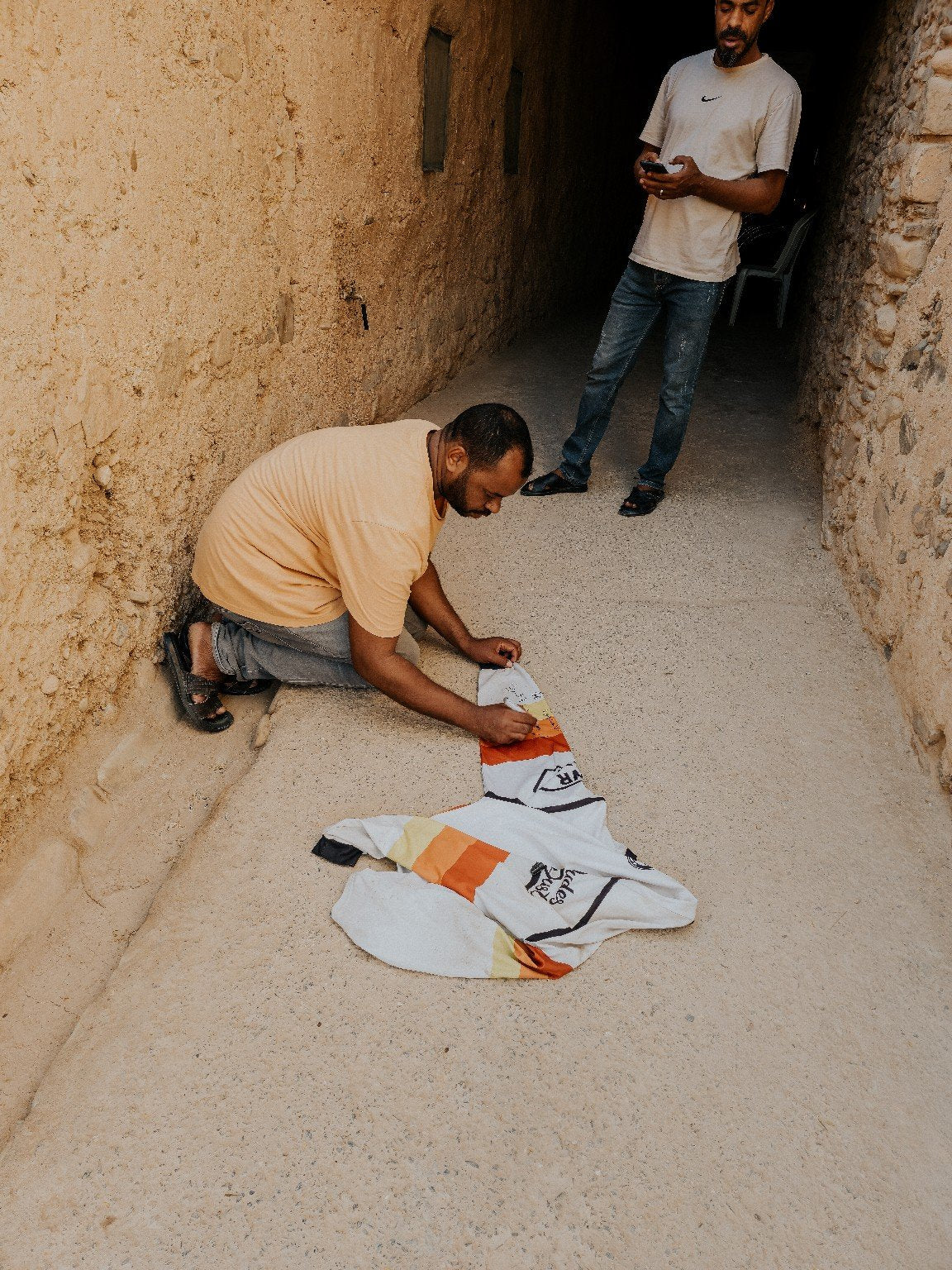The town of Assa, located on the southern edge of the Anti-Atlas Mountains in the Guelmim-Oued Noun region, is one of the oldest and most culturally rich settlements in southern Morocco. Its history is deeply rooted in the traditions of the Amazigh, the indigenous people of North Africa who have inhabited these desert and semi-desert areas for thousands of years.
Historical Overview
Historically, Assa was an important caravan stop between northern Morocco, the Draa Valley, and the lands south of the Sahara. The town developed as part of a network of ksour (plural of ksar – fortified adobe settlements), connecting trade, religion, and culture. As early as the Middle Ages, Assa was a place of exchange: not only of goods like salt, gold, and dates, but also of ideas, languages, and religious movements.
The region was strongly influenced by the Aït Oussa, a major Amazigh tribe belonging to the Tekna confederation. These tribes traditionally lived semi-nomadic lives and maintained their own language, Tachelhit or Tamazight, as well as a rich oral culture including poetry, music, and storytelling.
The Amazigh of Assa
For centuries, the Amazigh of the region preserved their cultural identity, despite the pressures of various ruling powers: from the Almoravids to the Merinids and later the French colonial era. Tribes like the Aït Oussa also played a political role, defending their territories and at times acting independently of central authorities.
After Morocco gained independence in 1956, the role of the Amazigh in society changed. The state pursued a policy of Arabization for many years, marginalizing many Amazigh cultural expressions. In recent decades, however, the Amazigh identity has experienced a revival — with Tamazight recognized as an official language and cultural initiatives gaining strength even in towns like Assa.
Religious and Spiritual Significance
One of Assa’s most notable symbols is its Zawiya, a religious center dedicated to the Sufi saint Sidi Ahmed Ou Moussa. It served not only as a place of spiritual teaching but also as a center of social justice and education. The connection between Islam and Amazigh culture is particularly evident here — in the architecture, festivals, and orally transmitted legends.
A Personal Moment of Cultural Exchange
During the Morocco Rally with the “Dudes of Dust”, we had the chance to stay at a guesthouse in Assa. The hosts welcomed us warmly — and made the stay unforgettable: they wrote the history of the town directly on my jersey. It was a powerful moment where history, hospitality, and intercultural learning came together in a deeply personal way. This experience highlighted how vibrantly and openly the people of Assa share their cultural identity — with curiosity, pride, and a deep sense of community.
Assa is more than a small desert town. It is a living testament to the resilience and cultural depth of the Amazigh people in southern Morocco. In a time when many young people are rediscovering their roots, Assa stands as a symbol of the interplay between tradition and modernity — a place where history is not only preserved but actively lived.

